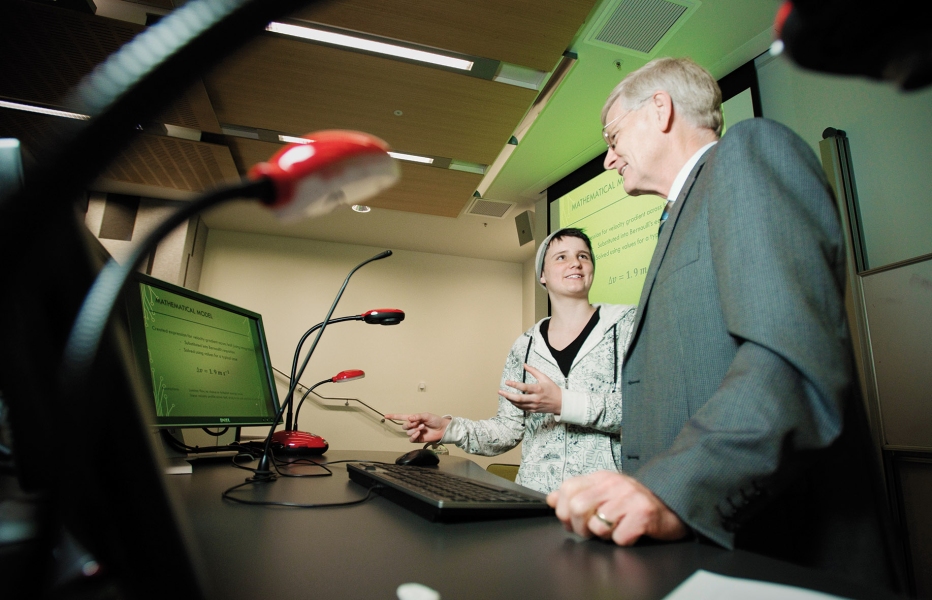The future of New Zealand science is promising, judging by the calibre of Year 7–13 students solving real-world problems at the NIWA Science and Technology Fairs this year.
Tracey Burton, Science Fair Coordinator and NIWA Ecologist, says the enthusiasm and skills of the students to design and conduct projects that have been properly researched and analysed was inspiring.
"For many of these students, competing in these competitions is often the first step towards a career in science, and we want to encourage them to go on to lead New Zealand's scientific contribution in the future. NIWA is delighted to be involved."
NIWA's sponsorship of 11 regional Science and Technology Fairs around New Zealand this year afforded more than 3000 students the opportunity to share their interests in science and technology with parents, teachers and their communities. Of these fairs, NIWA is a major sponsor of the Auckland, Manukau, Waikato, Bay of Plenty and Wellington Science and Technology Fairs.
The NIWA Auckland City Science and Technology Fair's Premier Award was taken out this year by Year 8 Auckland Normal Intermediate rising star Ella Buchanan, with her project Yeasts Feast on Sugar and Sound. Ella first looked at recipes containing different types of sugar, and compared them to see how long it took to produce 100mL of carbon dioxide. Then, through her iPod, Ella used sound waves to stimulate yeast and found that certain frequencies increased the production of carbon dioxide.
The NIWA Manukau Region Science and Technology Fair's Premier Award was won by Chris Ryan from Howick College, for his project Kawakawa Demonstrates Anti-inflammatory Activity.
At the NIWA Waikato Regional Science and Technology Fair in Hamilton, the top prize was claimed by St Peter's School student Thomas Duncan, who won the NIWA Premier Award for his project Ko Te Waihou Te Awa – My River is the Waihou. Thomas looked at turbidity and changes in water quality in the Waihou River. Schoolmate Hayley Haskell, also had great success winning the NIWA Paid Work Experience Scholarship for a top senior student, for her project Determining Dissolved Oxygen.
John Paul College students from Rotorua, Robin Basra and Sam Kelly, took out the top prizes at the NIWA Bay of Plenty Regional Science and Technology Fair and were awarded the NIWA Premier Cup for their project $10 Million Well Spent? This project looked at whether the Ohau Channel diversion had deprived Lake Rotoiti of adequate dissolved oxygen levels.
The largest of the NIWA fairs, the NIWA Wellington Regional Science and Technology Fair, saw more than 540 students from 44 schools take part. Wellington College's Year 10 student Giotto Frean snapped up the top award for Best Overall Exhibit, with his project Using a Cloud Chamber to Detect Cosmic Ray Showers. Lily Mason-McKay, Year 13, from Wellington High School, won the Victoria University Innovation Prize for her project Why Don't Planes Fall Out of the Sky?

